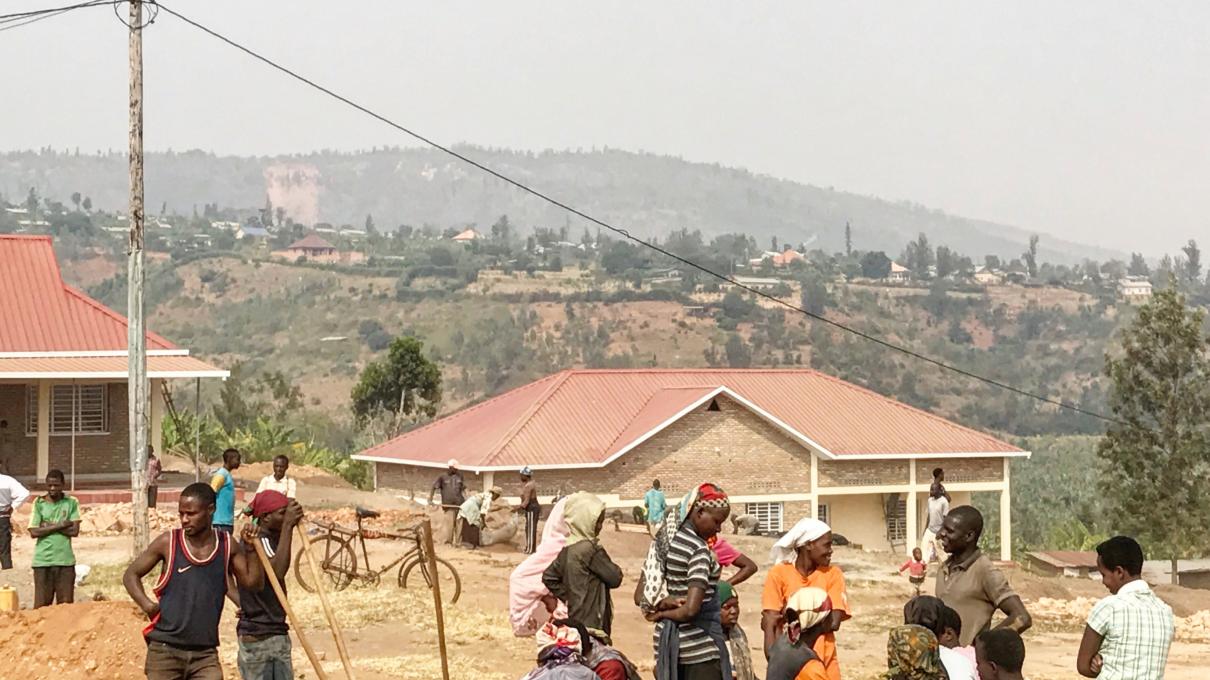Worldwide, as urban regions and populations grow, rural areas often get left behind, struggling to improve housing conditions, preserve local community, and maintain agricultural environments. In such a context, how may urban planners, designers, and architects improve village life through design? Can we promote village development plans and rural housing models that straddle modernity and technological advancement, while being rooted in vernacular typologies, local culture and geography? Working within this context, based in the country of a thousand hills, Rwanda, this workshop explored new village house prototypes that built upon current building practices, local crafts, and community needs, to optimize for climatic and spatial performance.
The workshop revolved around the collaboration of students with local communities and experts, such as engineers and masons, to understand vernacular design and construction mechanisms for local residences. Cultural values of local communities drove the solutions of housing typologies. Proposals include the development of three new house typologies, emphasizing the modularity of units, brick wall types that allow natural ventilation, reduced use of mortar, flexible interior layout and room divisions of industrialized weed panels, semi-enclosed outdoor spaces as an extension of interior spaces, and more. Since the end of the workshop, which saw a partial building of a prototypical unit, the house was completed and is now occupied by a family from the village. Engagement with domestic partners continues, and the scope of the workshop has been expanded to include a village master plan, on which work is currently ongoing.
Collaborators: MIT-Africa, MIT-Tata Center, Rwandan Housing Authority, SKAT Consulting Ltd., Strawtec company.
